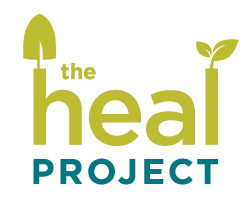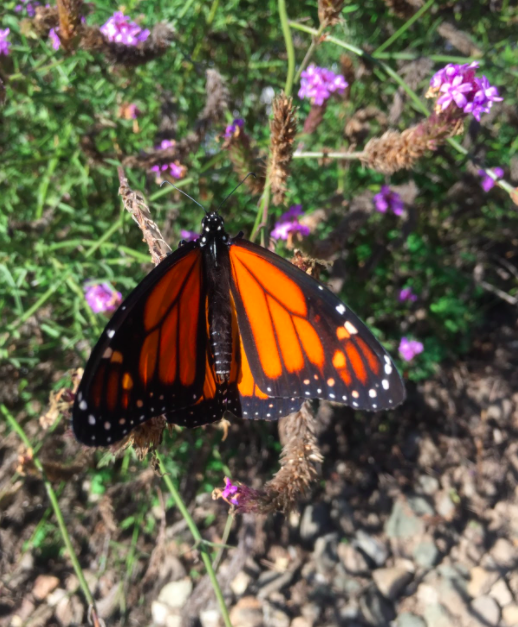Farms and Wildlife
by Fiona Benjamin, The HEAL Project’s Farm Manager
Agriculture is often portrayed in the media as being at odds with nature. Less often we hear stories about how farms managed with an ecological mindset can be incredibly vibrant places that create habitat for local fauna. This synchronicity is one of the things that drew me to agriculture as a college student. One of the themes I stressed to student visitors in my previous role as an Educator here at The HEAL Project was the importance of farms as open spaces that can provide habitat.
I think it's important to note that even the most “conventional” farm is likely more beneficial as a space for wildlife than a developed urban area. However, there are many practices a farmer can use to increase habitat value on their properties, some of which we employ at the San Mateo County School Farm, such as pollinator strips, reduced tillage, and the interplanting of perennial crops with annual crops (alley cropping).
At the Farm we are very fortunate to be surrounded by natural spaces. On the East side we have Golden Gate National Recreation Area, and on the Northwest side we have Denniston Creek. My theory for why pest pressure on our site is relatively low despite zero pesticide usage is that these natural areas aid our farming efforts by providing a refuge for beneficial insects. Reciprocally, during the dry season our irrigated area helps to provide resources for the whole food web. For example, our crops could support a pest insect population that feeds local birds that are in turn prey for bobcats or raptors.
A quick list of critters spotted right here at the San Mateo County School Farm:
Mammals
Blacktailed deer
Grey fox
Red fox
Coyote
Bobcat
Long-tailed weasel
Reptiles
Gopher snake
Garter snake
Western fence lizard
Insects
Monarch butterfly
Swallowtail butterfly
Bumble bees
Syrphid flies
Birds
Red tail hawk
Turkey vulture
Kestrel
Scrub jay
Stellar’s jay
Black phoebe
Great horned owl
Spotted towhee
Hermit thrush
Robin
Swallow
Great blue heron
Amphibians
Pacific tree frog
California newt
All photos by Fiona Benjamin.
Above left: One of my favorite wildlife encounters at our site was the several months that two fledgling great horned owls sheltered at the farm as they grew up and prepared to leave the nest. They could frequently be found asleep on the fence in the very early morning.
Above right: Another favorite encounter—this red-tailed hawk caught her prey right in front of me, but she couldn’t get it loose from the fence. She let me pull it loose and hand it to her right after this photo was taken.
Above left: This lizard crawled onto a 3rd grader of its own accord and stayed for about a half hour. The student and his friends were very calm, and then the lizard went on his way.
Above right: Here is an adult monarch butterfly visiting the hedge along the entrance to the Farm. We have several varieties of native and non-native milkweed and are adding more. Milkweed is the only food for the monarch caterpillar. We also have a local retiree who raises monarchs at his home and releases them on the Farm in an effort to bolster the local population.
One of my favorite animal visitors to find is the Pacific tree frog. I find them all year round. Here’s one I found while picking raspberries.
—
Fiona has been with The HEAL Project since 2018, first as a Farm Educator and now as the Farm Manager. As a native of the Coastside, she is grateful to have the opportunity to share her passion for healthy eating and the environment with her local community.





